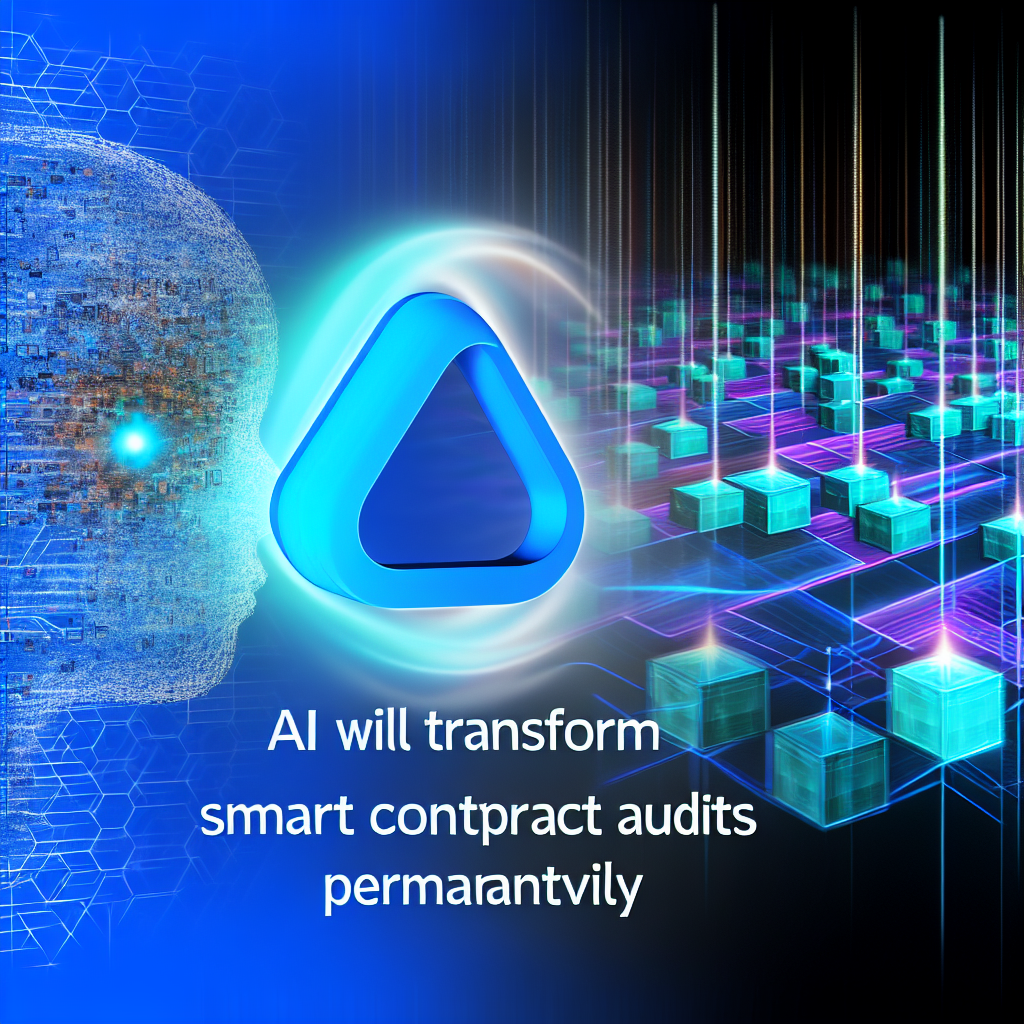
Opinion by: Jesus Rodriguez, co-founder of Sentora
The integration of AI into coding has found its place in the market, and Web3 is no different. Smart contract audits are a particular area ripe for transformation.
Current audits function as fleeting, isolated snapshots that struggle in an adaptive market, often overlooking economic failure modes.
There’s a notable shift from handcrafted PDFs to ongoing, tool-supported assurances: models combined with solvers, fuzzers, simulations, and real-time telemetry. Teams embracing this will deploy more rapidly and extensively; those that don’t risk becoming unlisted and uninsurable.
Audits are less frequent than assumed
Audits have become Web3’s unofficial due diligence procedure, serving as proof that attempts were made to compromise your system prior to market launch. However, this practice is a remnant of a pre-DevOps period.
Traditional software integrated assurance into workflows: tests, continuous integration/deployment processes, static and dynamic analyses, canaries, feature flags, and comprehensive observability. Security functions similarly to micro-audits with every code merger. Web3 has reinstated the necessity for explicit milestones because immutability and economic adversities eliminate the option for rollback. The logical progression is to merge platform practices with AI, ensuring that assurance remains constant rather than an isolated event.
Limitations of smart contract audits
Audits provide a necessary pause and insight. They compel teams to define invariants (value conservation, access management, sequencing), test their assumptions (oracle reliability, upgrade authority), and stress-test failure parameters before capital investment. Quality audits yield lasting benefits: threat models that persist through versions, executable properties that become regression tests, and runbooks that simplify incident management. This sector needs evolution.
Related: Forget The Terminator: SingularityNET’s Janet Adams is building AGI with heart
Structural limitations abound. An audit represents a snapshot of a dynamic, composable entity. Changes upstream, shifts in liquidity, MEV tactics, and governance actions can invalidate prior assurances. The scope is limited by time and resources, pushing focus towards known bug categories while emergent behaviors (bridges, reflexive incentives, cross-DAO interactions) remain obscured. Reports may foster a misleading sense of security as pressing launch timelines compress the triage process. The most detrimental failures often stem from economic issues rather than syntax, necessitating simulation, agent modeling, and real-time telemetry.
AI’s current capabilities in smart contract coding
Modern AI excels when data and feedback are plentiful. Compilers provide token-level insights, and models can now assist in project scaffolding, language translation, and code refactoring. Smart contract engineering is more complex. Correctness is both temporal and adversarial. In Solidity, safety is contingent on execution sequences, the presence of attackers (e.g., reentrancy, MEV, and frontrunning), upgrade paths (proxy structures and delegatecall contexts), and gas/refund dynamics.
Many invariants cross transactional and protocol boundaries. For instance, in Solana, the account model and parallel execution impose constraints (PDA derivations, CPI networks, compute budgets, rent-exempt balances, and serialization layouts). These features are infrequently found in training datasets and are challenging to encapsulate with unit tests alone. Current models are lacking in this regard, but this gap can be bridged through improved data, more precise labels, and tool-supported feedback.
The realistic approach to AI auditing
A feasible developmental path includes three essential components.
First, audit models that combine large language models with symbolic and simulation backends. These models should extract intention, propose invariants, and generalize from conventions; meanwhile, solvers and model-checkers offer guarantees through proofs or counterexamples. Retrieval should anchor recommendations in previously audited patterns. The resulting artifacts should be proof-carrying specifications and reproducible exploit traces, not just persuasive narratives.
Next, agent-based processes coordinate specialized agents: a property miner; a risk graph-building dependency crawler for bridges/oracles/vaults; a mempool-aware red team searching for low-capital exploits; an economics agent testing incentives; an upgrade director rehearsing canaries, time-locks, and kill-switch protocols; plus a summarizer that generates governance-ready briefs. The system should function like a nervous system, continuously sensing, reasoning, and acting.
Finally, evaluations must focus on meaningful metrics. Beyond unit tests, monitor property coverage, counterexample yield, state-space novelty, time taken to uncover economic failures, minimal exploit capital required, and alert precision during runtime. Public, incident-derived benchmarks should assess types of bugs (reentrancy, proxy drift, oracle anomalies, CPI abuses) and the efficacy of triage, not just detection. Assurance should be offered as a service with explicit Service Level Agreements and deliverables that insurers, exchanges, and governance bodies can rely on.
Consider the future of a generalist AI auditor
The hybrid approach is appealing, but scaling trends indicate another avenue. In related fields, generalist models that manage tools end-to-end have matched or exceeded specialized workflows.
For audits, a sufficiently powerful model—equipped with extensive context, robust tool APIs, and verifiable outputs—could assimilate security principles, reason over lengthy traces, and utilize solvers and fuzzers as implicit subroutines. With long-term memory, a single loop could generate properties, suggest exploits, drive searches, and elucidate fixes. However, retaining anchors—proofs, counterexamples, and monitored invariants—remains crucial, so pursue hybrid soundness now while observing whether generalists can streamline parts of the pipeline in the future.
AI-driven smart contract auditors are on the horizon
Web3 combines immutability, composability, and adversarial markets—an arena where isolated, artisanal audits cannot keep up with a state space that changes with each block. AI thrives in environments rich with code, abundant feedback, and mechanical verification. These aspects are converging. Whether the prevailing model is today’s hybrid or tomorrow’s generalist coordinating tools end-to-end, assurance is evolving from a milestone-based approach to a platform that is continuous, machine-augmented, and grounded in proofs, counterexamples, and monitored invariants.
View audits as a product rather than a deliverable. Initiate the hybrid cycle—implement executable properties within CI, solver-aware assistants, mempool-aware simulations, dependency risk graphs, and invariant guardians—and allow generalist models to refine the process as they advance.
AI-enhanced assurance goes beyond merely satisfying requirements; it evolves into a core capability for a composable, adversarial ecosystem.
Opinion by: Jesus Rodriguez, co-founder of Sentora.
This article is for general information purposes and is not intended to be and should not be taken as legal or investment advice. The views, thoughts, and opinions expressed here are the author’s alone and do not necessarily reflect or represent the views and opinions of Cointelegraph.

